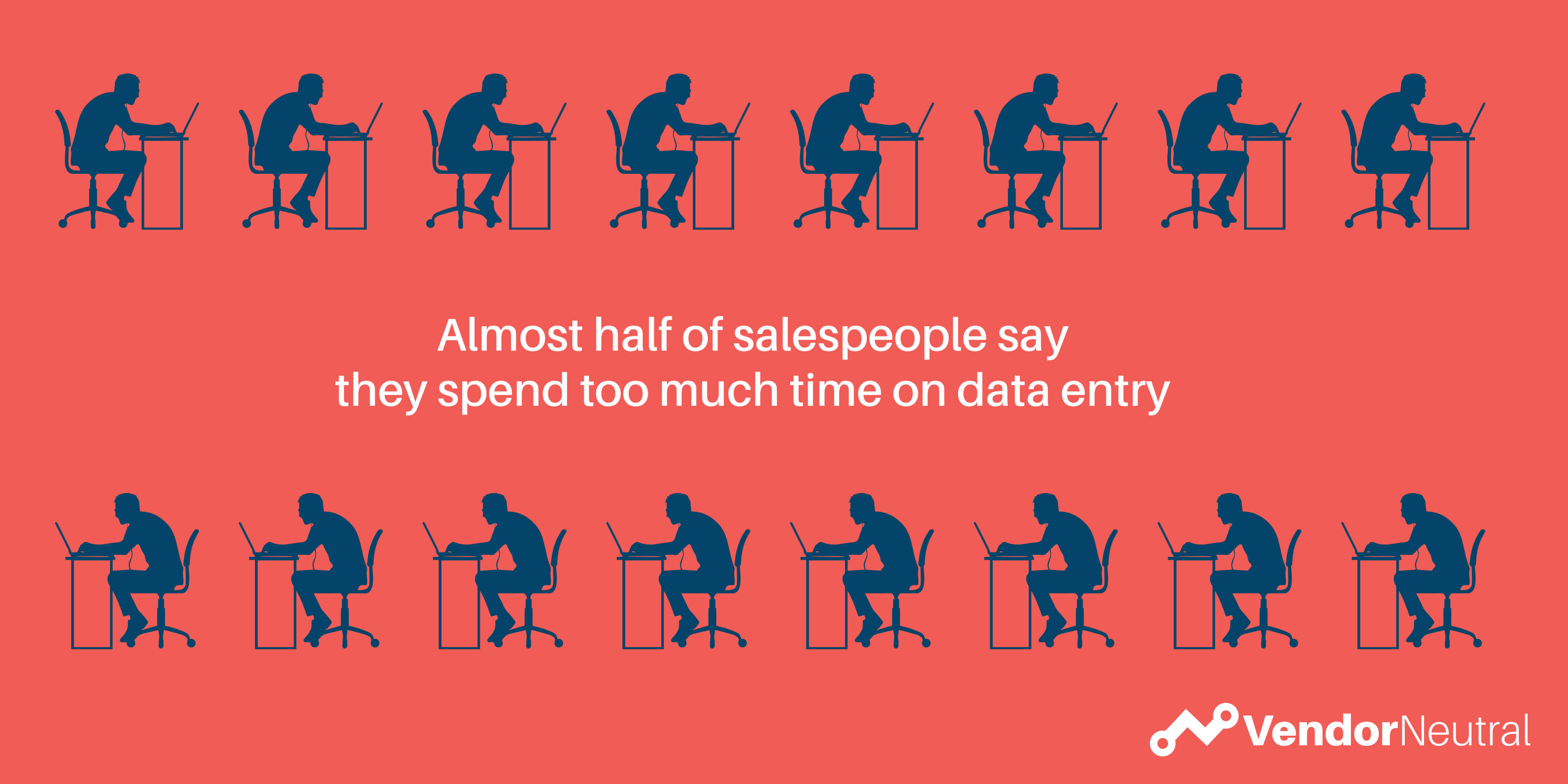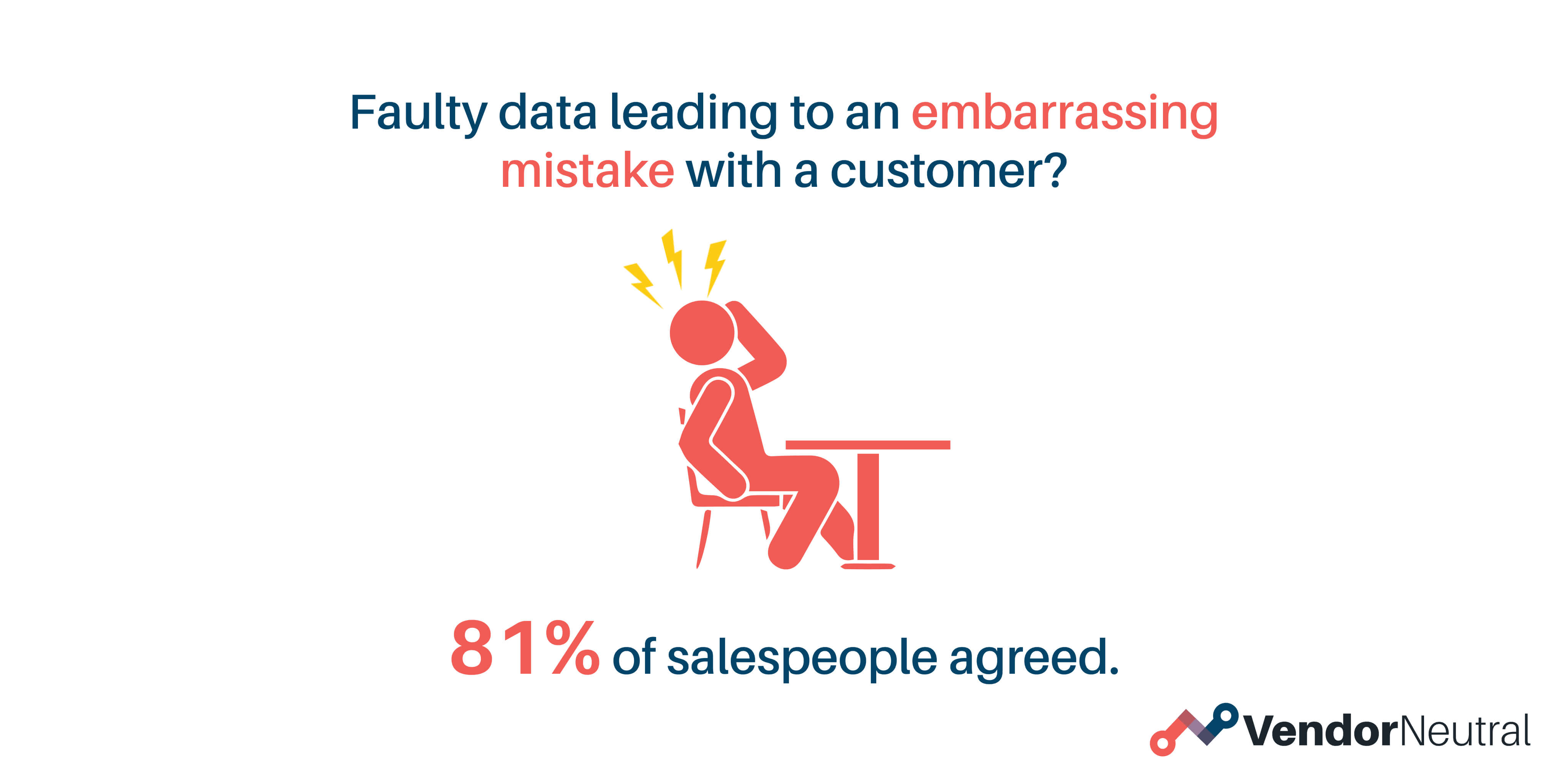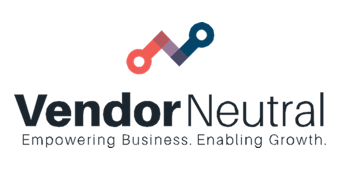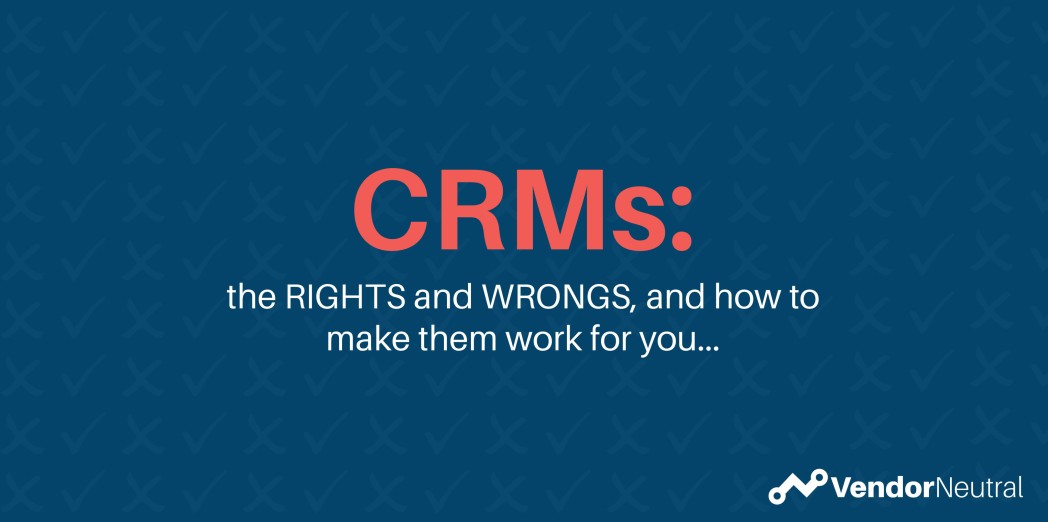CRMs: the rights and wrongs and how to make them work for you…
CRMs: the rights and wrongs and how to make them work for you…
A run-down of the problems we see as typical in CRM usage and adoption amongst sales teams - and how we recommend solving them.
Table of Contents
- The state of CRM systems
- Common Complaints with CRMs
- What is CRM?
- Adoption: the challenge and solution
- Dealing with bad data
- Support with your CRM
A recent study from Gartner showed that only 2% of sales executives are very satisfied with their sales tech stack.
And their pain points are your problem: in terms of their productivity, your organization’s efficiency and even its culture.
In our experience, the one piece of software that should be driving sales is actually the one driving your sales teams crazy: the CRM. As the bedrock of your tech stack, if it’s riddled with cracks or cracking up your teams the rest of your tech, and your sellers’ patience, is being tested.
According to research cited by Forbes, the majority of salespeople (69%) shared they would be much more productive at work – at selling – if they didn’t have to manually enter data into their CRM. If your teams are spending too much of their time IN their CRM rather than ON actual customer relationship management – has the fundamental function been undermined by the tech designed to facilitate it?
It’s crunch time for creaky CRMs: sorting out your CRM will smooth integration across your tech stack, ease the frustrations of the people you rely on to use it and encourage customer loyalty.
Let’s get into it.
Common Complaints
Of the companies we work with, the deepest and most frustrating challenges around CRMs are: low adoption rates, poor ROI and bad data. And beneath each item on this list are two groups of unhappy people: your salespeople (hence the poor adoption) and your customers – who aren’t buying your products / services and getting you that healthy ROI.
This needs to change… your internal and external customers’ experience must be enhanced by the CRM or it’s actively inhibiting your organization’s growth: only 29.4% of organizations say their CRM increases their sellers’ productivity.
The tension between the people and the tech is clear… and neither is to blame.
The fault lies elsewhere: it’s in the assumption that tech comes before two things: strategy and culture.
"only 29.4% of organizations say their CRM increases their sellers’ productivity."
First Principles
What is customer relationship management?
The Harvard Business Review’s definition: “CRM aligns business processes with customer strategies to build customer loyalty and increase profits over time.”
As they comment: this definition has no mention of technology or software. The lesson?
- A CRM helps facilitate your customer relationship management – but that’s it. If you want loyal and happy customers, it’s on you to build that relationship… no piece of software is going to do it for you.
- Employing tech to help you is fine – even necessary as you grow – but it won’t magically create your business processes, nor write your customer strategy.
Process and strategy MUST come first.
Without them, your CRM is a very expensive black hole – demanding data and taking time away from your salespeople… and giving little back.
No wonder then, that low CRM adoption rates abound: Korn Ferry suggests that less than half of sales teams report widespread CRM usage. Let’s look in more detail at why.
“CRM aligns business processes with customer strategies to build customer loyalty and increase profits over time.”
Addressing Adoption
Aside from organizational readiness and overarching strategy, there are commonalities in organizations when it comes to the challenges people on the CRM front-line face.
And these are issues you can tackle today…
Challenge 1: Too much tech
Technology overwhelm on tasks like data entry is real: and breeds your teams’ negative relationship with the software you’ve invested in to serve them. Their time spent is on administrative tasks with little connection to nurturing leads, or moving through the sales funnel.
HubSpot’s study reveals the data entry pain-point is THE MAIN barrier to beginning to use a CRM or the challenge of using one effectively. In another, 43% of respondents said they’re spending too much time manually inputting data.
The solution?
Can automation support your teams? The tools that do this have arrived.
In summer this year Microsoft launched ‘Viva Sales’ – possibly a game-changer for sellers – enabling them to capture insights from across Microsoft 365 and Teams, eliminate manual data entry, and receive AI-driven recommendations and reminders. And it integrates with all CRMs.
From Judson Althoff, Microsoft’s Executive Vice President and Chief Commercial Officer: “The future of selling isn’t a new system. It’s bringing the information sellers need at the right time, with the right context, into the tools they know, so their work experience can be streamlined.”
Before you rush to add another tool to your stack, explore whether your CRM has any functionality to automatically integrate the data your teams need.

Challenge 2: Too little Training
Simply installing a CRM and expecting it to drive better sales outcomes is way too optimistic.
There’s frequently an assumption from CROs or sales managers that their teams are utilizing their CRM with confidence. They’re frequently out of their depth. According to a study by SuperOffice 42% of people who were asked why CRM implementations were not wholly successful cited a lack of training.
We hear a lot about ‘on-boarding’, and the common 90 day training window offered upon purchase of a SaaS subscription sets up an expectation of this possibility, but this short-termist thinking can mean sales teams are expected to be able to exploit the full potential of complex CRM capabilities, without the depth of training required to really do so.
What’s the fix?
Forget onboarding – think everboarding. Does your organization have a formal coaching program to continuously support and upskill your sales teams? A win for sharing best practice and encouraging CRM engagement.
The Data Dump
Bad data is garbage: if you know you have it, you need to clean it up.
Bad data looks like…? Duplicate, incomplete, overlapping or inconsistent data… anything that corrupts the insights and efficacy of a CRM.
And many organizations’ CRM are stuffed full of data that is stale or inaccurate. Fewer than 25% of sales organizations express a high degree of confidence in the data from their CRM system with Salesforce estimating that 91% of the data is redundant.
And of course this impacts productivity – and also your sales teams’ relationship with the CRM: if it’s not providing them with value, it is useless to them… so they’re not invested in ensuring the data they’re forced to enter is of value either.
This eternal negative return leads to only negative places: increased frustration, fewer sales and ultimately team disengagement.
And, perhaps worse, it can also lead to disgruntled customers – in one survey of salespeople an overwhelming 81% said that faulty data had led to an embarrassing mistake with a customer.
To enable and encourage salespeople to care about the data they enter, your responsibility is to clean up the data that’s currently standing in their way. It’s not necessarily a quick, nor an easy task, but analyzing what data that’s choking up your CRM – be it duplicate, unnecessary, poor-quality – will allow the high-quality data to start giving them visible returns.
Moving forward, your strategy around keeping your data clean, cycles back to coaching and processes: creating a unified system for entering data that counts and having your managers monitor and review its effectiveness.
Quality data ultimately drives quality decisions that will move your business forward. And deliver the ROI you crave.

CRMs: love them or hate them… they’re here to stay
According to a recent survey Futurum Research undertook in partnership with Microsoft, 53% of salespeople have a love/hate relationship with their CRM.
This needs to change.
The bottom line is that a CRM should be loved as, at their best, they save time and improve results… for your salespeople AND your customers. Customer-centricity is key to its success, as is strategy.
If your CRM is testing your team’s patience and impacting on – rather than improving – their productivity, we can help. Book a call to talk about where you are on your implementation journey and we can explore ways to help you move forward.
And stay tuned: on our next webinar we’re chatting all things CRM and inviting others to join in and share their thoughts on the CRM conundrum.



